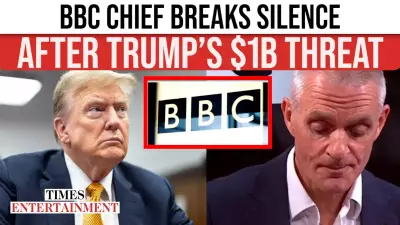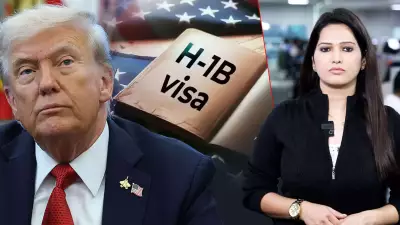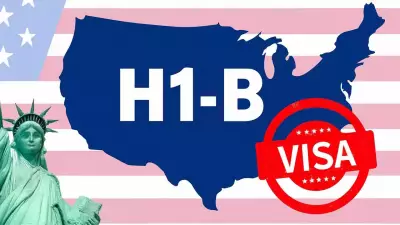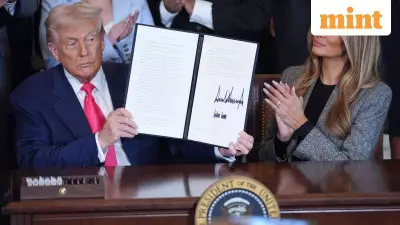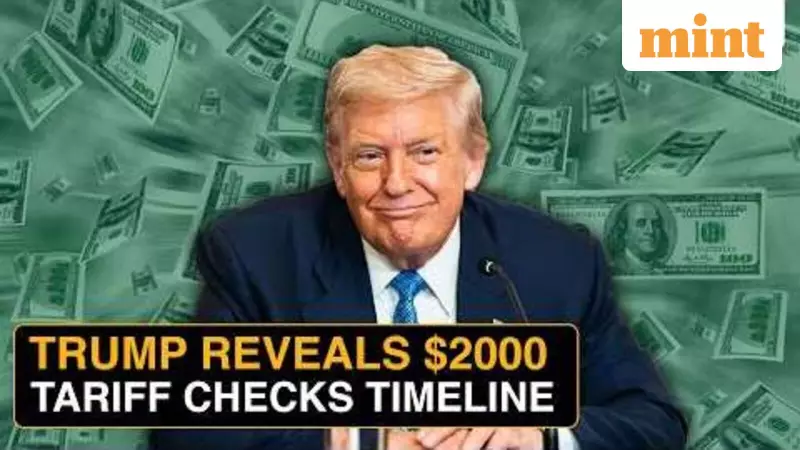
Former President Donald Trump has revealed crucial details about his proposed $2,000 tariff dividend checks, clarifying that Americans should not expect these payments to arrive during the Christmas season. The announcement provides important timeline information for what could become one of the most significant economic policies if Trump returns to the White House.
The Tariff Dividend Plan Explained
During recent public appearances, Trump outlined his ambitious plan to distribute $2,000 checks to American families funded entirely by tariff revenues. The concept revolves around imposing substantial tariffs on imported goods, particularly from China, and then redirecting that revenue directly to American citizens in the form of dividend payments.
The former president emphasized that this approach would create what he calls a "tariff dividend" system, where the money collected from trading partners would circulate back into the American economy through consumer spending. This policy represents a significant departure from traditional tariff implementations, where revenues typically go into general government funds.
Timeline Clarification: No Christmas Delivery
In his most explicit timeline statement to date, Trump made it clear that these $2,000 payments will not be distributed during the Christmas season. This clarification addresses speculation that had been building among supporters and critics alike about when such payments might begin if the policy is implemented.
The announcement suggests that the rollout would follow a more systematic implementation process rather than coinciding with holiday spending periods. While specific dates remain undefined, the Christmas timeline exclusion provides important context for understanding the proposed schedule.
Economic Implications and Political Context
This tariff dividend proposal comes amid ongoing debates about economic policy and household financial relief. The $2,000 figure represents a substantial direct payment that could significantly impact family budgets, though economists continue to debate the broader economic effects of such tariff-based policies.
Critics question whether tariff revenues would be sufficient to fund such extensive payments without triggering price increases on consumer goods. Supporters, however, argue that the approach would both protect American industries and put money directly into consumers' hands.
The policy announcement also carries significant political weight as Trump positions himself for potential future political campaigns. The direct payment concept has proven popular with voters across the political spectrum in recent years, though the funding mechanism through tariffs represents a novel approach.
As the debate continues, American families now have clearer expectations about when such payments might materialize, with the Christmas season officially ruled out as a potential distribution period. The coming months will likely bring additional details about implementation timelines and eligibility requirements as the proposal develops further.

